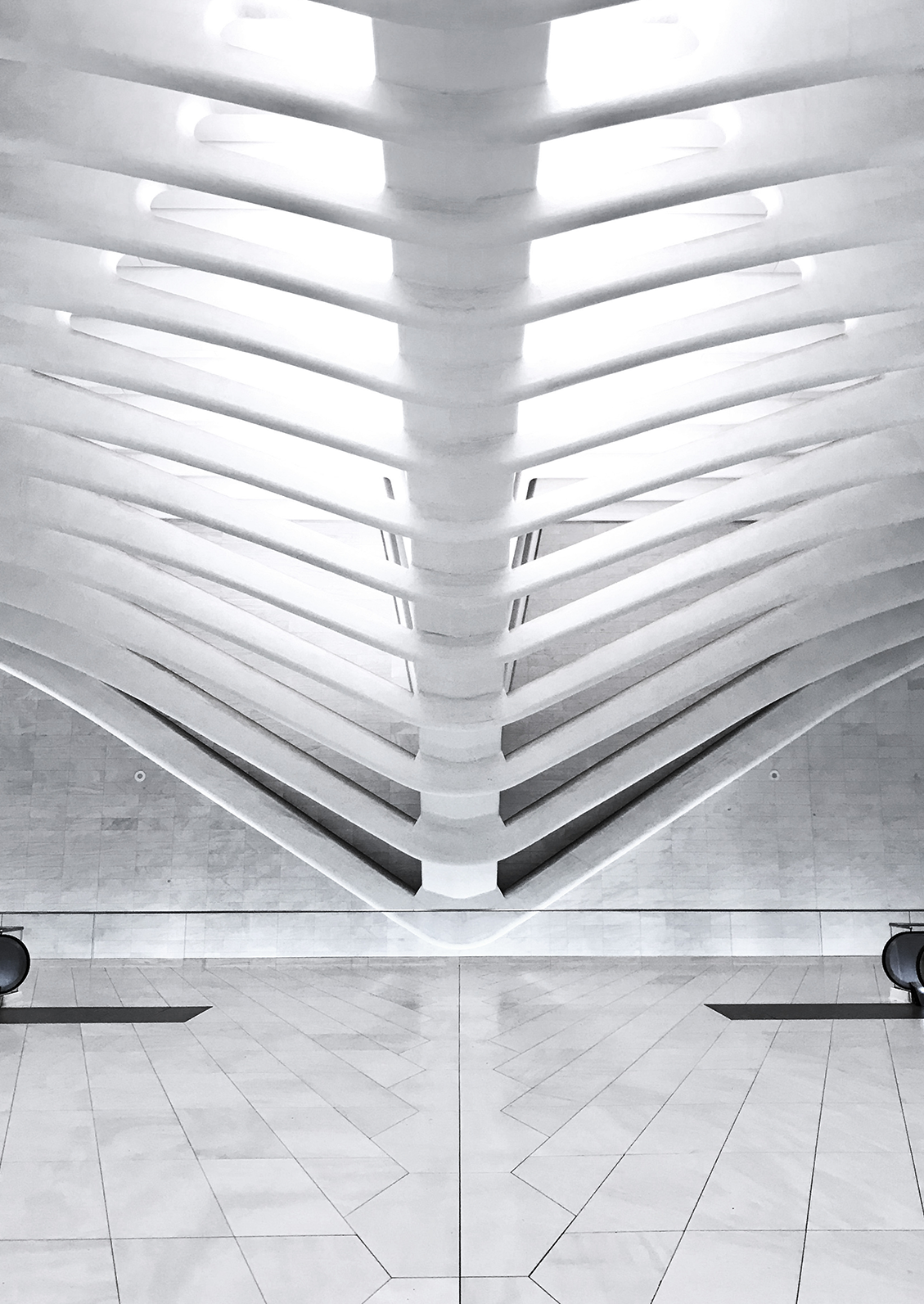Decisions
Every architectural element, from the broad strokes of layout to the minutiae of detail, carries emotional weight. Form refers to the three-dimensional volume or the perceived volume of an architectural structure, which can be simple (like a cube or sphere) or complex. Forms are the building blocks of design, determining the structure's mass, balance, and spatial arrangement. Shape pertains to the two-dimensional outline that results from a specific viewpoint of a form. According to behavioral results [6], different curvatures, shapes and forms evoke different feelings.
Spatial Design: Open spaces can instill feelings of freedom and creativity, while more compact, cozy areas might evoke safety and intimacy.
Form & Volume: Curved forms often evoke feelings of calmness and serenity and stimulate the brain activity more, while angular, sharp forms might generate excitement or, in some contexts, unease. Those softer curved shapes and improve the emotional state of the user.
Patterns and Repetition: Repeated patterns can be soothing and provide a sense of order, while chaotic and irregular patterns can induce feelings of unpredictability.
Harmony and Balance: The brain has an innate appreciation for symmetry, which is often perceived as harmonious and pleasing. Asymmetry, on the other hand, can be intriguing, drawing our attention and sparking curiosity. [7]
Cognitive Stimulation: Complex forms and shapes can stimulate cognitive activity, demanding more from our brains as we try to comprehend and navigate them. This can be both an advantage, in spaces meant for creativity and interaction, or a challenge in areas meant for relaxation.
Previous studies show that design characteristics like scale, height, proportion and order have short- and long-term effects on people’s emotions [7]. Those characteristics were positively stimulating people’s emotions, whereas extreme changes in proportion, in width or height, caused stress reactions. Our neurological responses to forms and shapes aren't just innate; they're also shaped by cultural and societal experiences. Thus, what's perceived as welcoming in one culture might be seen as foreign or even jarring in another. Therefore it is crucial to have an importance of contextual understanding. The forms and shapes chosen often need to resonate with the environment, therefore it is important to carefully analyze the context.
The dialogue between form and shape is a nuanced one, influencing everything from structural integrity to emotional resonance in architecture. By understanding potential emotional responses, architects can tailor spaces to their intended purposes.











